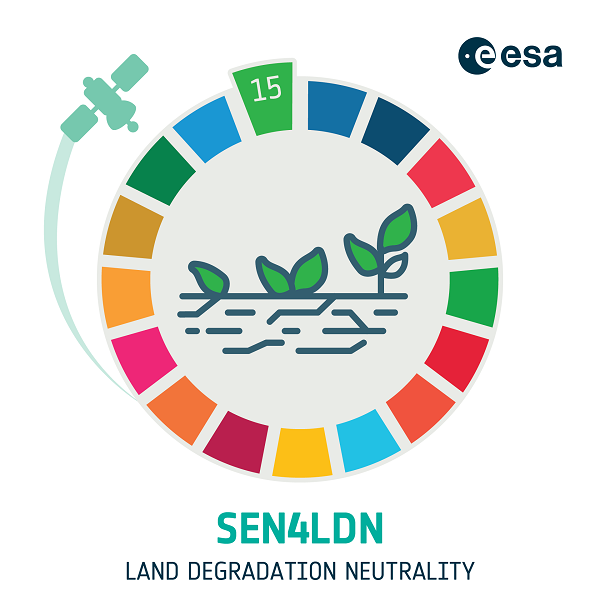Reporting on SDG 15.3.1 'proportion of land that is degraded over the total land area'...
Land degradation affects the livelihoods of millions of people worldwide. Diminished overall productivity and reduced resilience in the face of climate and environmental change, have made addressing land degradation a global priority formalized by the United Nations Convention to Combat Desertification (UNCCD) and the Sustainable Development Goals (SDGs), in particular target SDG 15.3 on Land Degradation Neutrality (LDN) which states "by 2030, combat desertification, restore degraded land and soil, including land affected by desertification, drought and floods, and strive to achieve a land degradation-neutral world."
The SDG indicator 15.3.1 is the key measurement to monitor country progresses on SDG 15.3, and is expressed as a spatial extent of degraded land: "the proportion of land that is degraded over the total land area". UNCCD has outlined a standardized approach for monitoring and reporting on the SDG Indicator 15.3.1. The monitoring framework focuses primarily on the use of 3 sub-indicators: land cover changes; trends in land productivity/functioning; and trends in carbon stocks above and below ground.
To facilitate national reporting on SDG Indicators, global datasets and offline processing tools have been made available by the free and open-source Trends.Earth platform, developed by Conservation International and funded by the Global Environment Facility (GEF).
... with automated EO methods and more spatial details
Trends.Earth by default uses global datasets at a resolution between 250 m and 8 km. However, often these datasets are considered too coarse in many areas to accurately assess the complexities of degradation processes especially in mountainous regions, small island states and highly fragmented landscapes. Thus, there is a growing demand to provide land cover change and productivity datasets at high spatial resolution (10-30 m). Moreover, countries should ideally be able to include national data and knowledge and customize these global datasets.
SEN4LDN has the ambition to address this need for higher spatial resolution datasets and customization as it aims to develop, demonstrate and validate robust automated Earth Observation (EO) methods to map land cover and its changes and land productivity dynamics that exploit the high frequency and spatial resolution of Sentinel-1 and 2. By doing so, SEN4LDN targets to increase the spatial details of national assessments of land degradation and restoration, and provide synoptic information for countries to plan LDN interventions at appropriate scale.
ESA's SEN4LDN project will run over a course of 2 years until October 2024.

